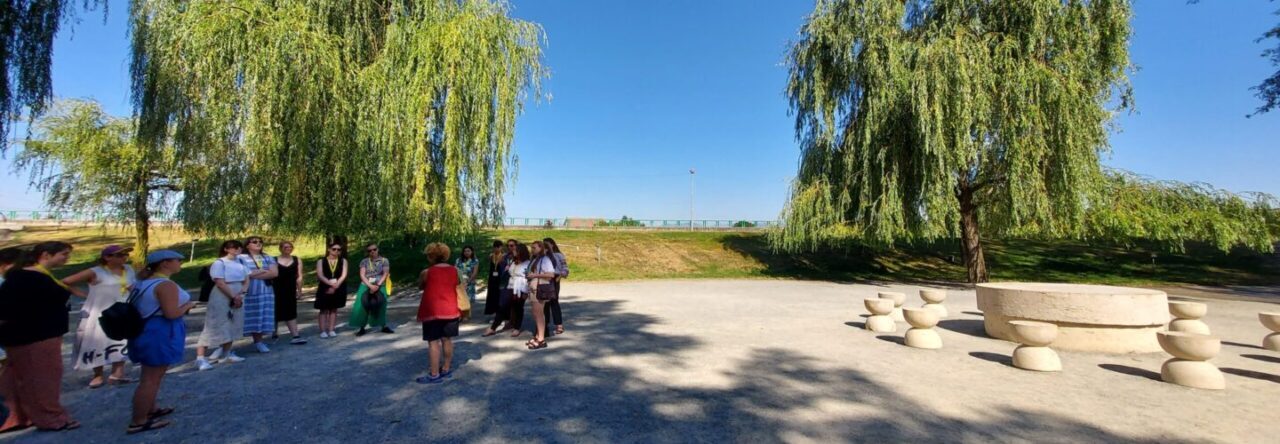The three Romanian, Scottish and Ukrainian sites featured in the project are:
- The Monumental Ensemble of Târgu Jiu (WH Tentative List). The Romanian ensemble conceived and built by the internationally renowned sculptor Constantin Brâncuși in 1937, was dedicated to memory of heroes from WW1. The ensemble is composed from the Endless Column, the Gate of the Kiss, the Heroes’ Path and the Table of Silence. The Church of Saints Apostles Peter and Paul, built in 1927, is intrinsic to Brâncuși’s composition. (Nomination for inscription in the World Heritage List)
- The Old and New Towns of Edinburgh (WHS 728, 1995) Edinburgh has been the Scottish capital since the 15th century. It has two distinct areas: the Old Town, dominated by a medieval fortress; and the neoclassical New Town, whose development from the 18th century onwards had a far-reaching influence on European urban planning. The harmonious juxtaposition of these two contrasting historic areas, each with many important buildings, is what gives the city its unique character.
- The Residence of Bukovinian and Dalmatian Metropolitans (WHS 1330, 2011) The Residence of Bukovinian and Dalmatian Metropolitans represents a masterful synergy of architectural styles built by Czech architect Josef Hlavka from 1864 to 1882. The property, an outstanding example of 19th-century historicist architecture, also includes a seminary and monastery and is dominated by the domed, cruciform Seminary Church with a garden and park. The complex expresses architectural and cultural influences from the Byzantine period onward and embodies the powerful presence of the Orthodox Church during Habsburg rule, reflecting the Austro-Hungarian Empire policy of religious tolerance.
